Bananas are more than just a convenient snack — they’re a staple in millions of diets across the world. Known for their natural sweetness, impressive nutritional profile, and versatility in everything from desserts to savory dishes, bananas are the world’s most popular tropical fruit. While you can find them on shelves from New York to New Delhi, have you ever wondered which country produces the most bananas?
In this article, we’ll take you on a journey through the world’s leading banana-producing country — India. We’ll explore why it dominates the global banana market, how its banana industry works, what makes its bananas unique, and the growing significance of this humble fruit for both local consumption and export markets.
A Global Look at Banana Production
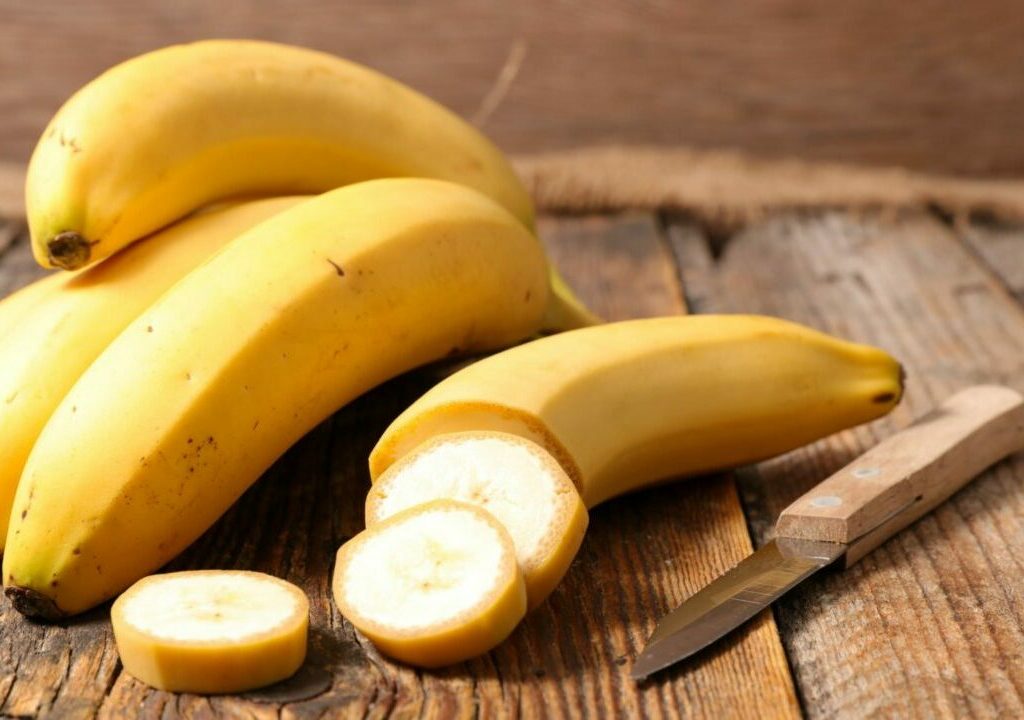
Bananas are cultivated in more than 150 tropical and subtropical countries, with global production exceeding 135 million metric tons annually. Despite this widespread cultivation, production is concentrated in a handful of countries. While nations like China, Indonesia, Brazil, and Ecuador play important roles in the banana industry, India is by far the world’s largest producer.
India: The World’s Top Banana Producer
Annual Production: Over 36 million metric tons
Global Share: Around 26% of total world banana output
For decades, India has held its crown as the world’s top banana producer. Accounting for more than a quarter of global production, India grows more bananas than any other country on Earth — producing roughly one out of every four bananas worldwide.
Despite this dominance, what makes India particularly interesting is that most of its bananas are consumed domestically rather than exported. Bananas play a vital role in India’s daily diets, religious ceremonies, festivals, and traditional medicine practices.
Where Are Bananas Grown in India?
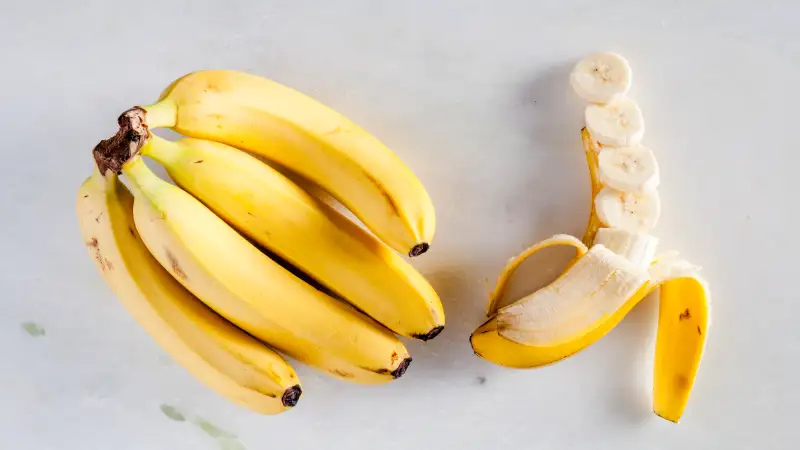
India’s vast geography and varied climate zones allow bananas to thrive in multiple regions, from the coastal plains to inland river valleys. Bananas are cultivated in more than 20 states, but a few standout as the largest contributors:
Major Banana-Growing States:
- Maharashtra (home to Jalgaon, famously known as the ‘Banana Capital of India’)
- Tamil Nadu
- Karnataka
- Andhra Pradesh
- Gujarat
- Bihar
- Assam
Each region boasts unique local varieties adapted to its specific soil, rainfall, and climatic conditions.
Popular Banana Varieties in India
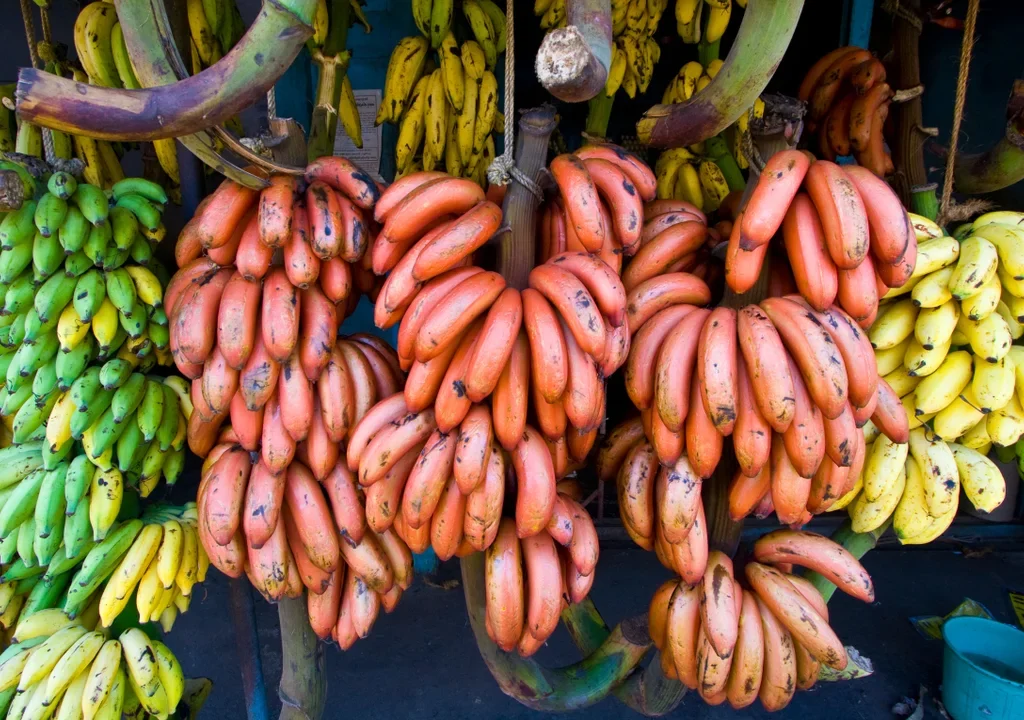
India produces a wide range of banana varieties, offering diverse tastes, textures, and culinary applications. Here are some of the most popular ones:
- Dwarf Cavendish — The most widely grown variety, popular for its consistent size, sweetness, and shelf life.
- Robusta — A commonly cultivated dessert banana known for its larger size and firm texture.
- Grand Naine (G-9) — A globally popular export variety increasingly cultivated in India for its high yields and disease resistance.
- Rasthali — A highly aromatic and sweet banana, especially popular in southern India.
- Nendran — A starchy banana from Kerala, often used for making chips, curries, and steamed desserts.
- Poovan — A flavorful banana popular in South India, with a distinct fragrance and taste.
Why India Leads Global Banana Production
Several factors contribute to India’s leadership in banana production:
Ideal Climate and Geography
India’s tropical and subtropical climate, coupled with fertile soils and abundant water sources, provides optimal growing conditions for banana cultivation throughout the year.
Year-Round Cultivation
Unlike some countries with seasonal production, India’s varied regions allow for continuous planting and harvesting cycles. This ensures a steady year-round supply.
Strong Domestic Demand
Bananas are a staple fruit in India, integral to daily diets and religious rituals. From breakfast tables to temple offerings, the demand remains high across social and economic classes.
Agricultural Advancements
In recent years, India has embraced modern agricultural practices such as tissue culture propagation, drip irrigation systems, and high-density planting techniques. These innovations have significantly increased yields and disease resistance.
Government Support
State and central governments have introduced initiatives to promote horticulture, irrigation, and post-harvest infrastructure, boosting the banana sector’s efficiency and output.
India’s Banana Industry: From Farms to Markets
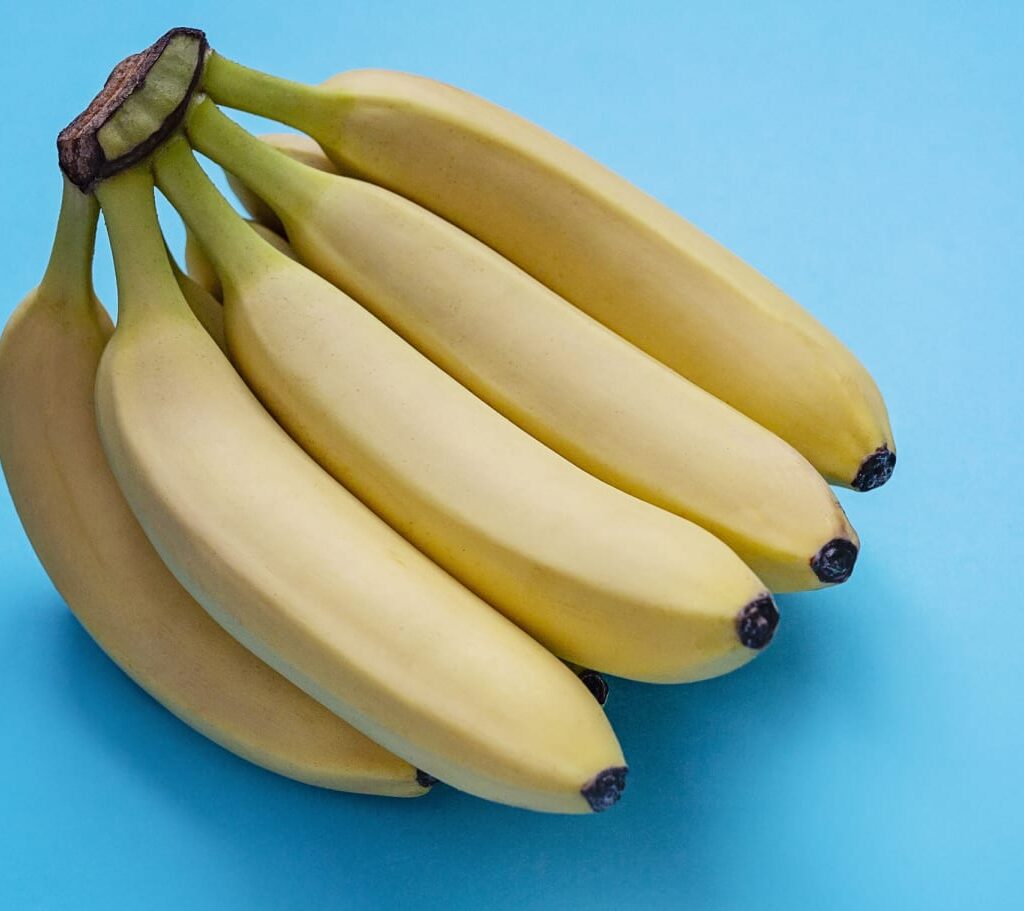
Banana farming in India is primarily driven by smallholder farmers, who rely on banana cultivation for their livelihoods. Around 70% of the country’s banana farms are under small-scale or medium-scale ownership.
After harvest, bananas are distributed through a network of local markets, wholesalers, and retailers. While most production meets domestic demand, India is gradually increasing its banana exports, especially to markets in the Middle East, Southeast Asia, and the European Union.
India’s Growing Banana Export Market
Though India exports only a small fraction of its total banana production (around 1–2%), its export volumes are steadily rising. The country is focusing on enhancing quality, adopting global food safety standards, and promoting export-friendly varieties like Grand Naine.
Top Export Destinations:
- United Arab Emirates
- Saudi Arabia
- Oman
- Iran
- Kuwait
- Nepal
- Bangladesh
India’s proximity to Middle Eastern and Asian markets, combined with affordable labor and lower production costs, makes it highly competitive in the international banana trade.
Challenges Facing India’s Banana Industry
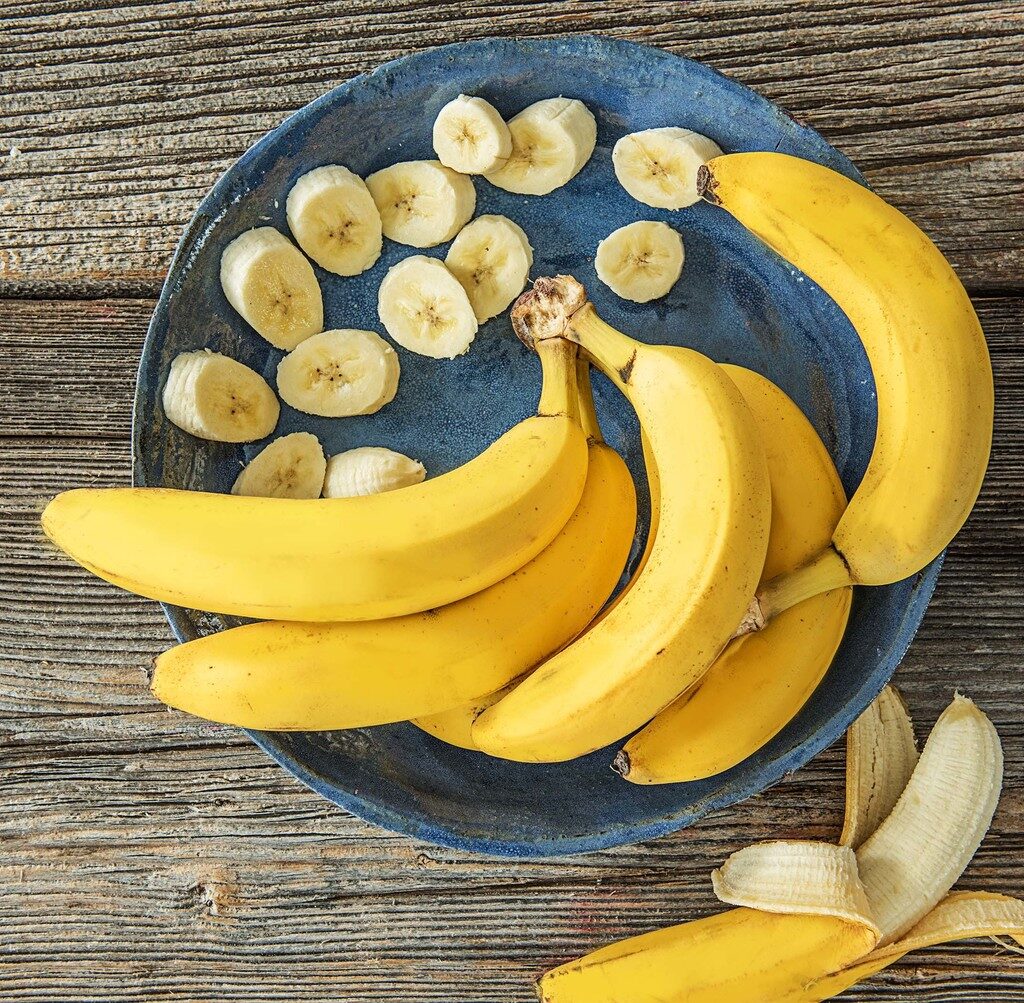
Despite its success, India’s banana industry faces several challenges:
Disease Threats
Diseases like Panama Disease (Fusarium Wilt TR4) and Sigatoka Leaf Spot pose significant threats to plantations, especially to popular varieties like Cavendish.
Climate Variability
Unpredictable weather patterns, floods, droughts, and rising temperatures due to climate change affect yields and crop health.
Post-Harvest Losses
Due to inadequate cold storage, poor logistics, and handling inefficiencies, India suffers from high post-harvest losses in its banana sector.
Market Volatility
Price fluctuations due to overproduction or transportation disruptions impact small farmers’ incomes.
The Future of Banana Production in India
To secure its position as the world’s banana leader, India is investing in:
- Developing disease-resistant banana varieties
- Improving cold chain and storage infrastructure
- Expanding organic and fair-trade certified production
- Enhancing export capacities and quality standards
As these improvements take hold, India is expected not only to maintain its dominance in banana production but also to expand its influence in global export markets.
Conclusion
When it comes to banana production, India is a country you should definitely know about. Producing more than 36 million metric tons annually, India leads the world by a wide margin. Its combination of year-round favorable climates, rich banana diversity, and strong cultural significance makes it the global capital of bananas.
While most of India’s bananas are consumed domestically, the country is gradually emerging as a reliable export hub, supplying high-quality bananas to Middle Eastern and Southeast Asian markets. Despite facing challenges like climate change and crop diseases, India’s banana sector is poised for continued growth, thanks to modern farming techniques, government initiatives, and increasing global demand.
So the next time you bite into a sweet, sun-ripened banana, there’s a good chance it might have come from India — the undisputed king of global banana production.




Leave A Comment